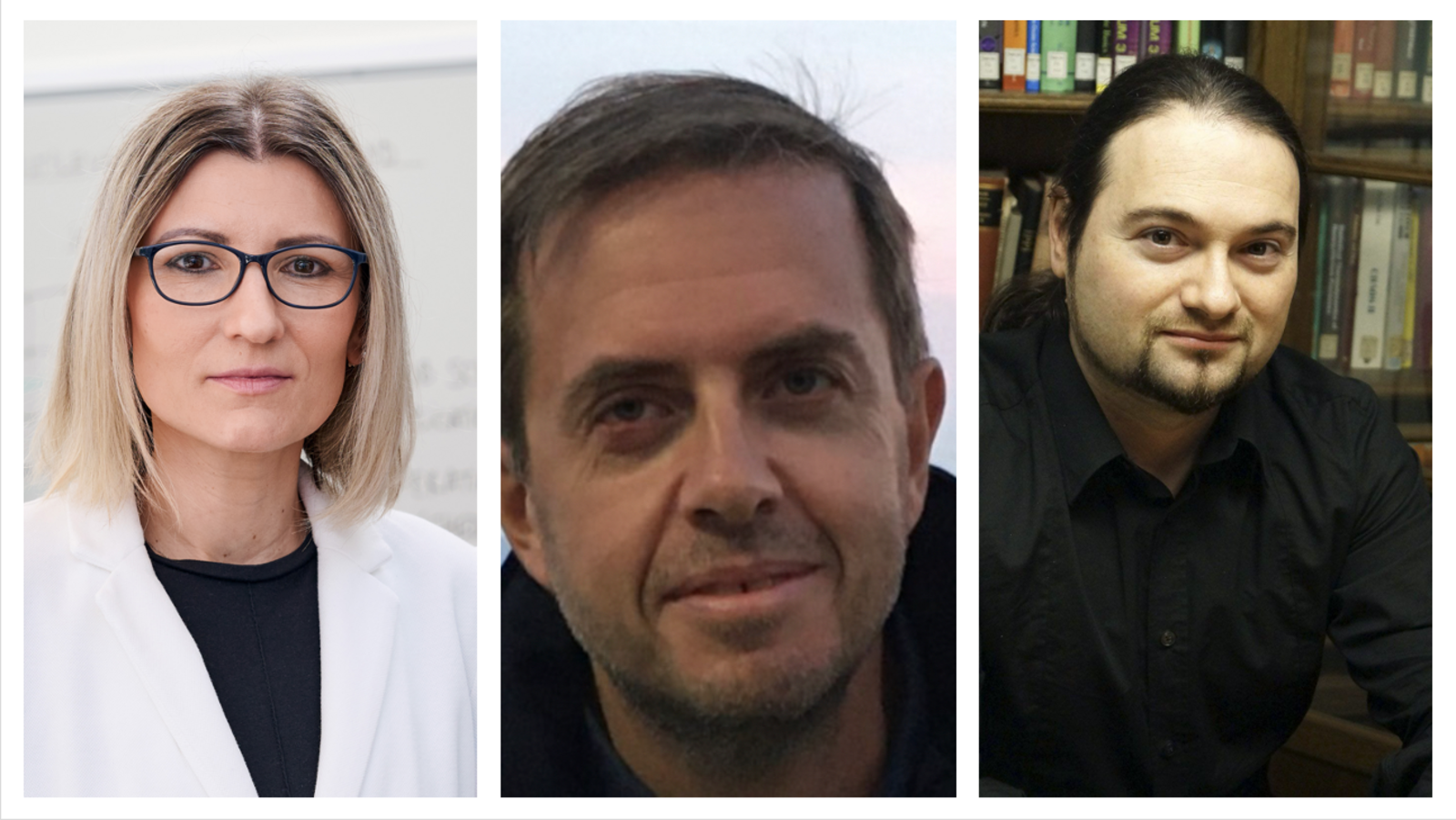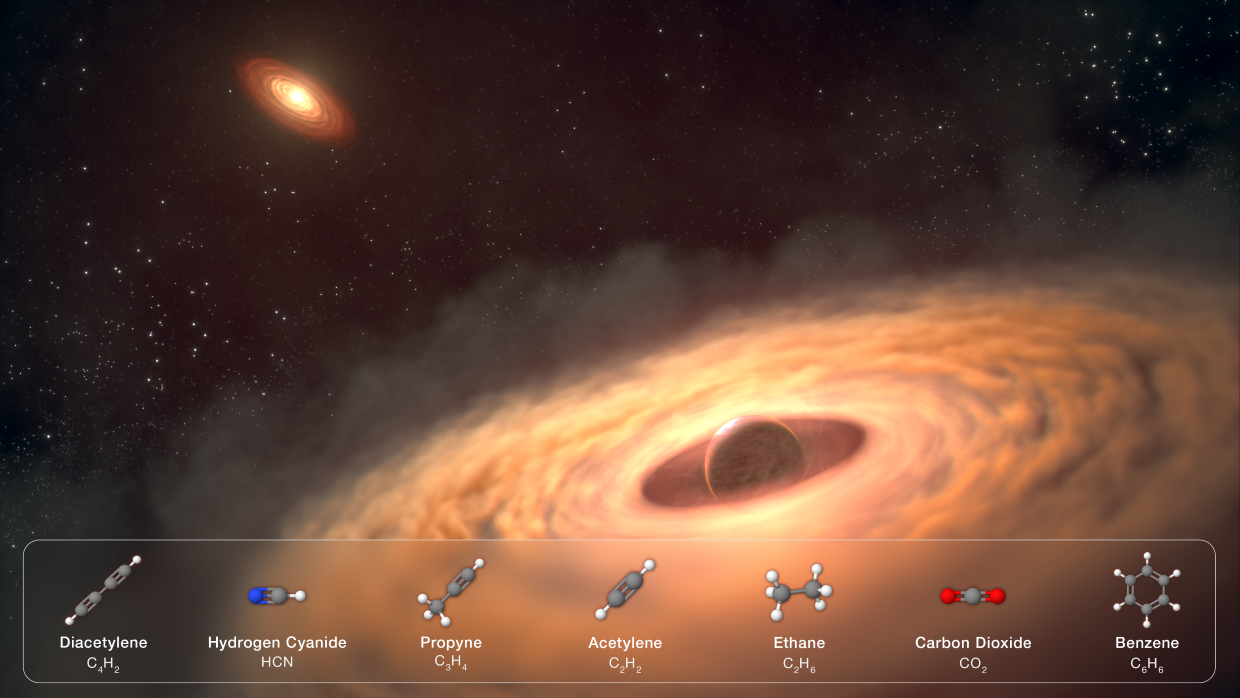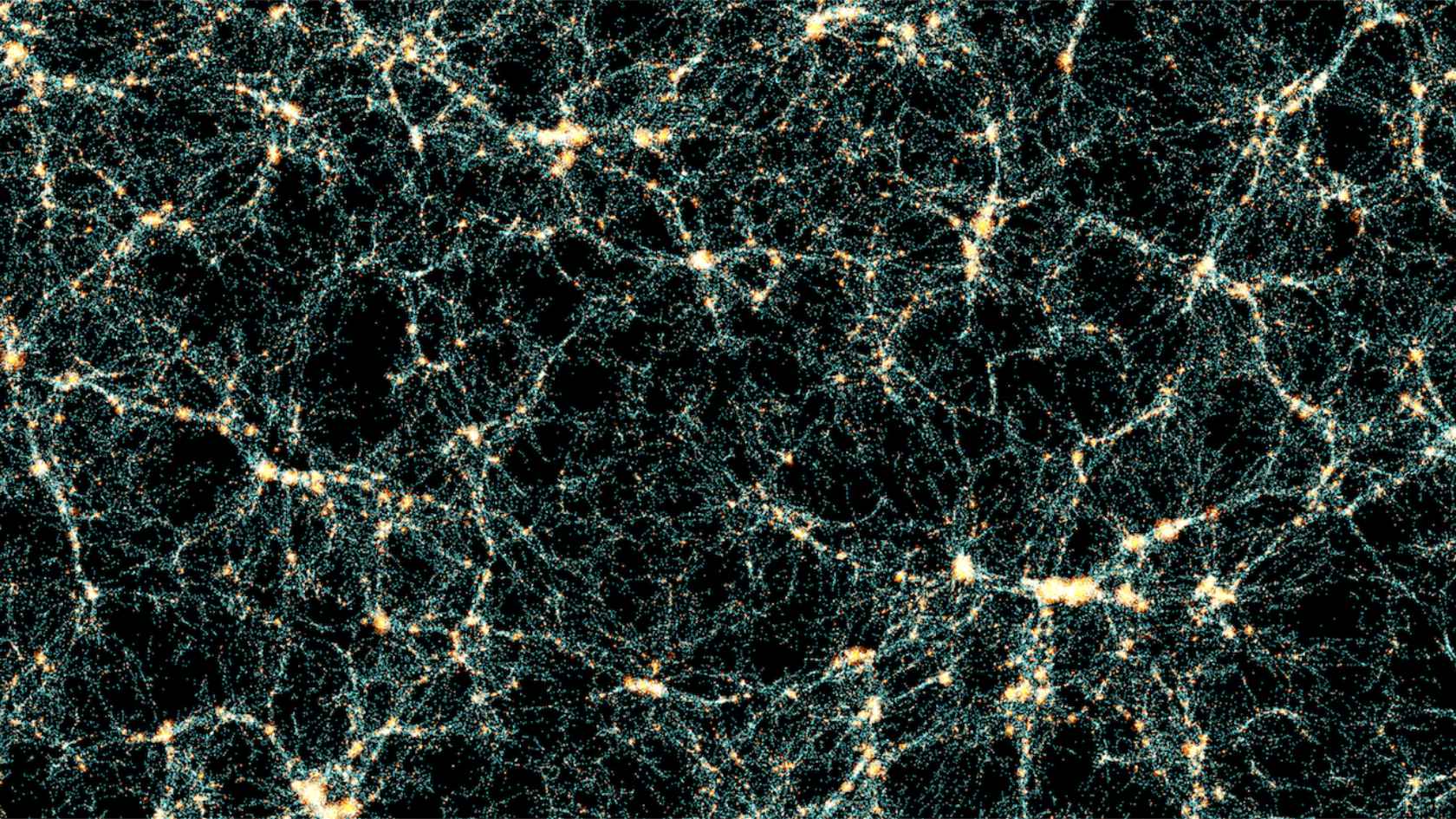News
Witnessing the Formation of Moons
NASA's Webb Telescope is investigating the formation of moons around a massive planet. A team at UZH is using the data to study the chemical composition of a disc that is believed to be the basis for the formation of new moons.
Largest-Ever Cosmological Simulation
The consortium running the European Space Agency’s (ESA) Euclid mission has published the most extensive simulation of the cosmos to date. The modeling was based on algorithms developed by UZH professor Joachim Stadel.
Young Star Clusters Give Birth to Rogue Planetary-Mass Objects
How do rogue planetary-mass objects – celestial bodies with masses between stars and planets – form? An international team of astronomers, including the University of Zurich, has used advanced simulations to show that these enigmatic objects are linked to the chaotic dynamics of young star clusters.
Using Small Black Holes To Detect Big Black Holes
An international team of astrophysicists with participation of the University of Zurich proposes a novel method to detect pairs of the biggest black holes found at the centers of galaxies by analyzing gravitational waves generated by binaries of nearby small stellar black holes.
EuroHPC Extreme Scale Access Award

Prof. Lucio Mayer is a PI of a European project that gained his team and his collaborators at UniBasel a EuroHPC Extreme Scale Access Award. This is the largest ever supercomputig allocation granted in Europe to a science project across all disciplines. The team will use it to deploy 22 million GPUs hours on the Lumi Supercomputer in Finland, the third fastest in the world, to run state-of-the-art simulations of how stars form. Read more:
CSCS
UZH
SKACH
GEORGE LAKE TECHNOLOGY INNOVATION AWARD

GEORGE LAKE AWARD
This November, the first round of applications to the new George Lake Award are expected. The new award was created by the Merac Foundation in collaboration with our current Director Lucio Mayer to honour the memory of ICS founding Director George Lake, to foster novel developments and ideas in instruments, computer simulations and data analysis/AI for astrophysics and cosmology.

